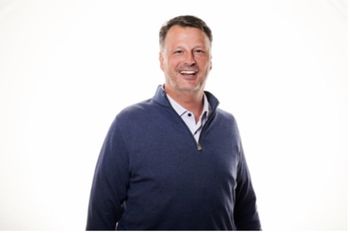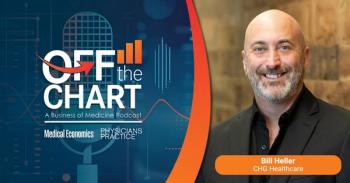
Physicians can use media training and public relations as effective tools to combat medical misinformation
How to use PR to educate the public, with tips on how to deliver those key messages.
A
As primary health care practitioners, you are trusted sources of information – the
What is public relations?
There is a powerful way to use your professional insight to equip patients and consumers with education that will empower them to make the right choices for them, while restoring their faith in real science: public relations, or PR for short.
PR is referred to as a strategic communication process that builds mutually beneficial relationships between organizations and the public. But how do you nail a PR interview so that you can help build trust in medicine and elevate your expertise within your specialty?
In this article, I’ll share some media training tips, so you can build brand awareness, strategically deliver your key message, and most importantly, inform the public.
How to nail your interview
Tip No. 1: Preparation is key
This might sound obvious but as a journalist, you’d be surprised to hear how many people I’ve interviewed who have come to the table so unprepared that they weren’t able to give me solid content. And here’s the thing – most journalists aren’t going to give you questions beforehand, so that means you have to anticipate what those questions are and be prepared to answer them.
Just as importantly, you need to be prepared to answer questions you hope someone never asks you – like a controversy within your field of medicine for example. Think about what those questions might be and craft answers for them in advance, that will help you boost your camera confidence.
Tip No. 2: Be sympathetic
Acknowledging concerns, even if they are rooted in misinformation, is an effective way to connect with your audience on a deeper level because it shows that you are sympathetic and understanding to what people might be thinking and why.
But how do you do that without validating the misinformation? Through bridging. This simple tactic not only adds an undertone of understanding to your answer, but it can actually help you take back control of the interview. For example, if a reporter asks a question about a myth within your specialty, say, “I understand why someone might think that given the recent threads online, but the truth is…” And back up that claim with data. This also elevates your chances of getting your main talking points into the interview.
Tip No. 3: Sell your expertise, not your practice
There’s a credibility factor that comes with doing PR, which is why it’s so important that your interview be consumer-friendly and educational. By empowering the viewer or listener with science-backed information, you are sharing your expertise in a more effective way than saying how great you or your practice is.
Your knowledge is newsworthy
Too often, I’ve seen health care providers hold onto the misconception that success hinges on having a vast following or being published in numerous medical journals. The truth is, your expertise is inherently valuable and you are worthy of being featured as a medical expert in the media starting today. You just need to identify why your knowledge is newsworthy at this moment in time and have soundbites that are solid and not robotic. That’s how you break through the noise, boost your reach and use your voice to help make a difference in combating medical misinformation.
Newsletter
Stay informed and empowered with Medical Economics enewsletter, delivering expert insights, financial strategies, practice management tips and technology trends — tailored for today’s physicians.








